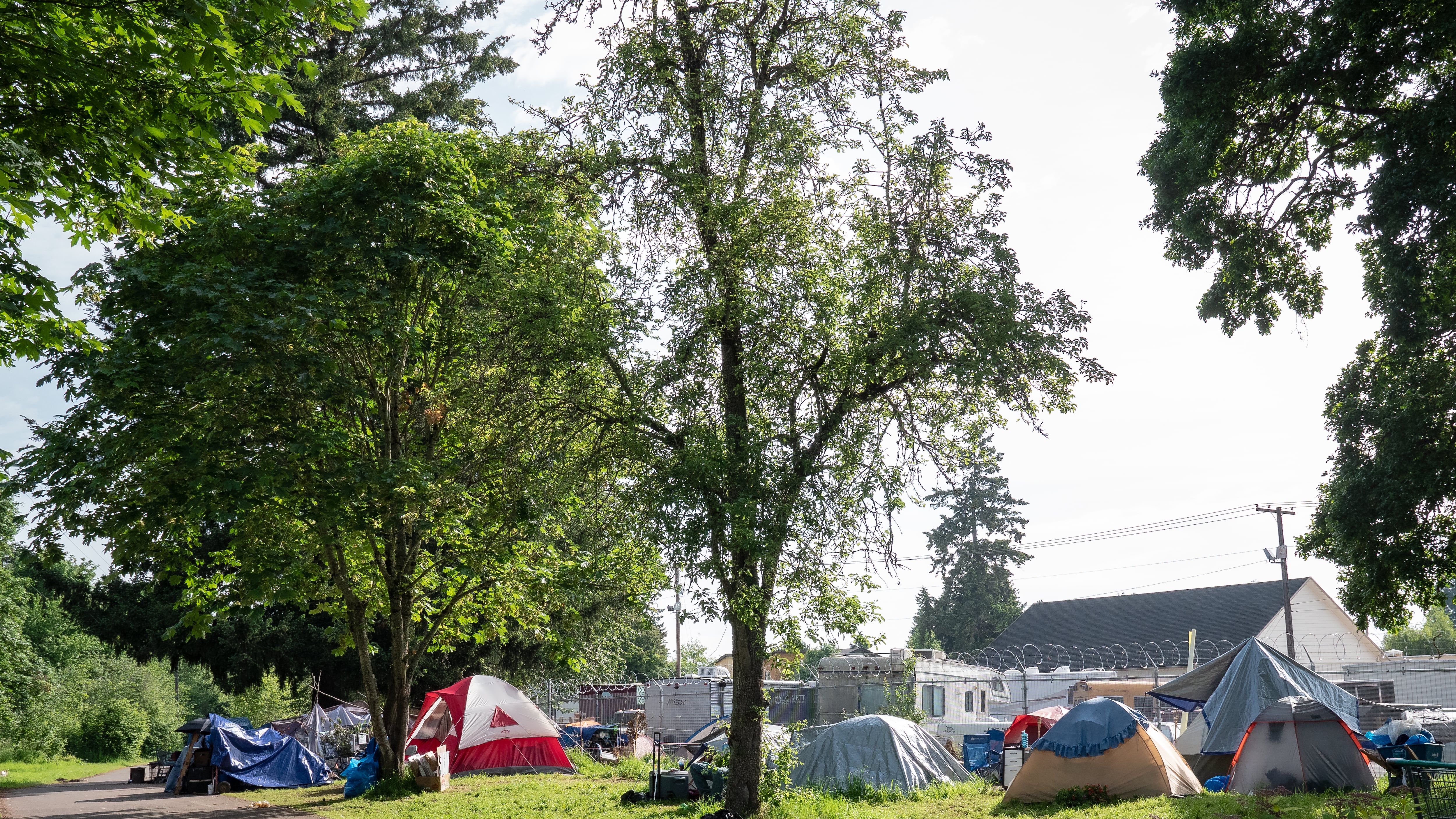For the first time since 2019, the three counties constituting the metro area—Multnomah, Clackamas and Washington—conducted a count of homeless residents on one night in January to get a snapshot of the current number of people cumulatively living on the streets, in transitional housing, or in emergency shelters.
Today, that report was released, showing 6,633 homeless residents across all three counties.
In Multnomah County, 5,228 homeless people were counted this year. That’s up from 4,015 homeless people in 2019 at the time of the last count before the pandemic. That’s a 30% increase in three years.
If that seems less steep than what observation suggests, the report offers one possible explanation: 3,057 of the people who were homeless this year in Multnomah County were unsheltered, meaning they were sleeping outside or in their cars. That’s up from 2,037 in 2019—a 50% increase.
That means nearly the entire increase in Multnomah’s County homelessness was due to a rise in the unsheltered population; the other two categories remained almost unchanged.
In other words, there were more than 1,000 additional people across the county sleeping unsheltered than there were three years ago.
The Joint Office of Homeless Services said in a statement this morning that much of the reason for this increase was due to rising housing costs and the effects of the pandemic.
“The pandemic continues to present serious challenges for vulnerable community members—sharply affecting service providers and leaving unsheltered homelessness far more visible in the tri-county region,” the office wrote. “In fact, even during the pandemic, rents and home prices in the Portland-area have continued to grow at one the nation’s fastest paces.”
Nearly 80% of the people counted this year were located in Multnomah County, and more than 40% of those, the Joint Office reported, were people of color.
The Joint Office acknowledges that the county inevitably misses a portion of homeless residents who are couch-surfing, crashing with relatives, or doubling up in housing.
“This year’s data, like with every Point in Time Count, should be considered an undercount of people experiencing homelessness,” the office said. “It’s also not possible to definitively find, survey and count every person experiencing homelessness.”
City Commissioner Dan Ryan, the city’s liaison for the Joint Office, criticized the count’s methodology in a statement shortly after the release. The exact nature of Ryan’s objection wasn’t immediately clear—but he obviously took issue with how the county reached its figure, especially because it used methods other than physically counting people during a single night.
“I am deeply disappointed in the Joint Office’s execution of the 2022 Point in Time Count. Across the country, it is common knowledge that the methodology behind the Point in Time Count is fundamentally flawed,” Ryan said. “The fact is the count is only conducted as a federally mandated compliance mechanism. However, the approach in Multnomah County is to add in-depth interviews and layers of complexity. This approach gets us even farther from the requirements of this federal compliance exercise, and it simply doesn’t work.”
Denis Theriault, a spokesman for the Joint Office, shared a statement with the press shortly after Ryan’s, noting that the Joint Office supplemented the one-night count with existing live databases that track homeless Portlanders, including a list that tracks homeless adults, families and veterans: “Because they are by-name lists, we were able to add people to the count who might have been missed. That work was only possible because of improvements in Joint Office data capacity since the last count in 2019.”
The back-and-forth between city and county officials comes amid election-year tensions over whether local governments are moving with enough urgency to get people off the streets. Local officials are keenly aware that the public is enraged by the scale of homeless camping in Portland.
The Joint Office said it would release a further breakdown of the data later this year.

